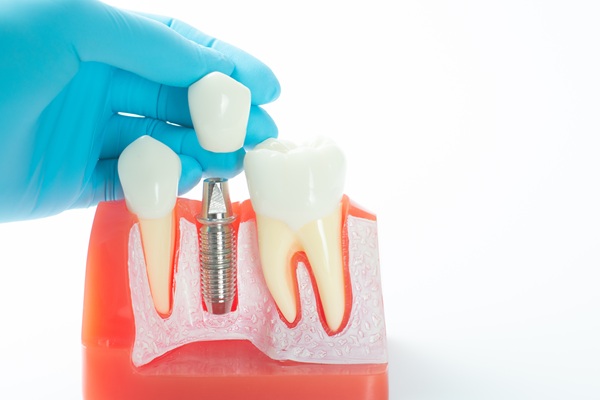Proper Techniques for Oral Hygiene from a Family Dentist

A family dentist is a great resource to utilize when looking for ways to practice good oral hygiene. Both adults and children need to practice good oral hygiene on a daily basis to ensure that their teeth and gums remain in good shape. Outside of visiting a family dentist on a regular basis, there are a few things to keep in mind when looking to properly practice good oral hygiene.
The importance of a proper oral hygiene routine
Family dentists not only monitor patients' oral health, but they also help teach them proper techniques for practicing good oral hygiene at home. Many are under the impression that a quick brush or flossing a few times a week does the job. However, there are certain techniques to be used in order to properly brush and floss. When proper oral hygiene techniques are practices, the teeth and gums are much more likely to remain in good health.
The right way to perform oral hygiene
Outlined below are a few tips for performing oral hygiene from a family dentist.
Brushing teeth
It is essential for everyone to not rush when brushing their teeth, as this does not support proper tooth brushing. Instead, it is necessary for everyone to brush their teeth for a minimum of two minutes, a short amount of time to spend on proper brushing. Family dentists recommend the use of a soft-bristled toothbrush and a fluoridated toothpaste, as this supports the health of one’s teeth and gums. Holding the toothbrush at a 45° angle while using small circular motions also helps to ensure that every single tooth is thoroughly cleaned.
Flossing teeth
In order to experience good oral health, it is necessary to floss at least once every single day. The floss should be wrapped around the thumb and forefinger, making sure there are about two inches of floss in between. The next step is to carefully lower the floss in between the teeth and then gently rub the floss on each side of each tooth. Flossing should be done before brushing, as removing any hidden food particles from the teeth before brushing ensures that the toothbrush will reach all of a tooth’s surfaces.
Mouthwash
Because there are so many different types of mouthwashes that are available, patients can ask their family dentist for their professional advice on which mouthwash is right for them. While therapeutic mouthwashes offer users a variety of benefits, like anti-bacterial and plaque control, there are also cosmetic mouthwashes that can be used. The proper technique for using mouthwash requires patients to swish it around in their mouth for a certain amount of time, e.g., 30 seconds, 60 seconds.
How is your oral hygiene?
When looking to improve oral hygiene techniques, it can be helpful to consult with a family dentist directly. Specific tips can be provided that will help encourage a better hygiene routine, thus improving oral health. To find out more, reach out today!
Are you considering using a family dentist in the Oakland area? Get more information at https://dentalimplantsoakland.com.
Check out what others are saying about our services on Yelp: Read our Yelp reviews.
Recent Posts
Learning about the many benefits of dental implants is something everyone who is missing teeth needs to do before making a final tooth-replacement choice. The fact that there have been many improvements in the dental niche over recent years means that dental patients have more choices than ever before. Ready to learn more about this…
Cold sores are a common viral infection that can cause discomfort, pain, and self-consciousness. Fortunately, cold sore laser treatment is a highly effective solution for managing these viral outbreaks, offering fast relief and promoting quicker healing. This approach targets the affected area directly, reducing the intensity of symptoms and preventing future flare-ups.Cold sores, also known…
You may have recently had a dental checkup and been told that you have gum disease. While no one likes to find out they have a gum infection, there are various treatment options available, depending on the severity of your condition. Laser periodontal treatment, for example, is a minimally invasive alternative to conventional treatments.Periodontal disease,…
A cosmetic dentist considers several factors when designing a patient's smile makeover plan. The goal of the plan is to improve the overall appearance of the smile. By considering relevant factors such as the patient's goals and health, the dentist can craft a customized cosmetic procedure plan to give the patient the desired results.The process…


